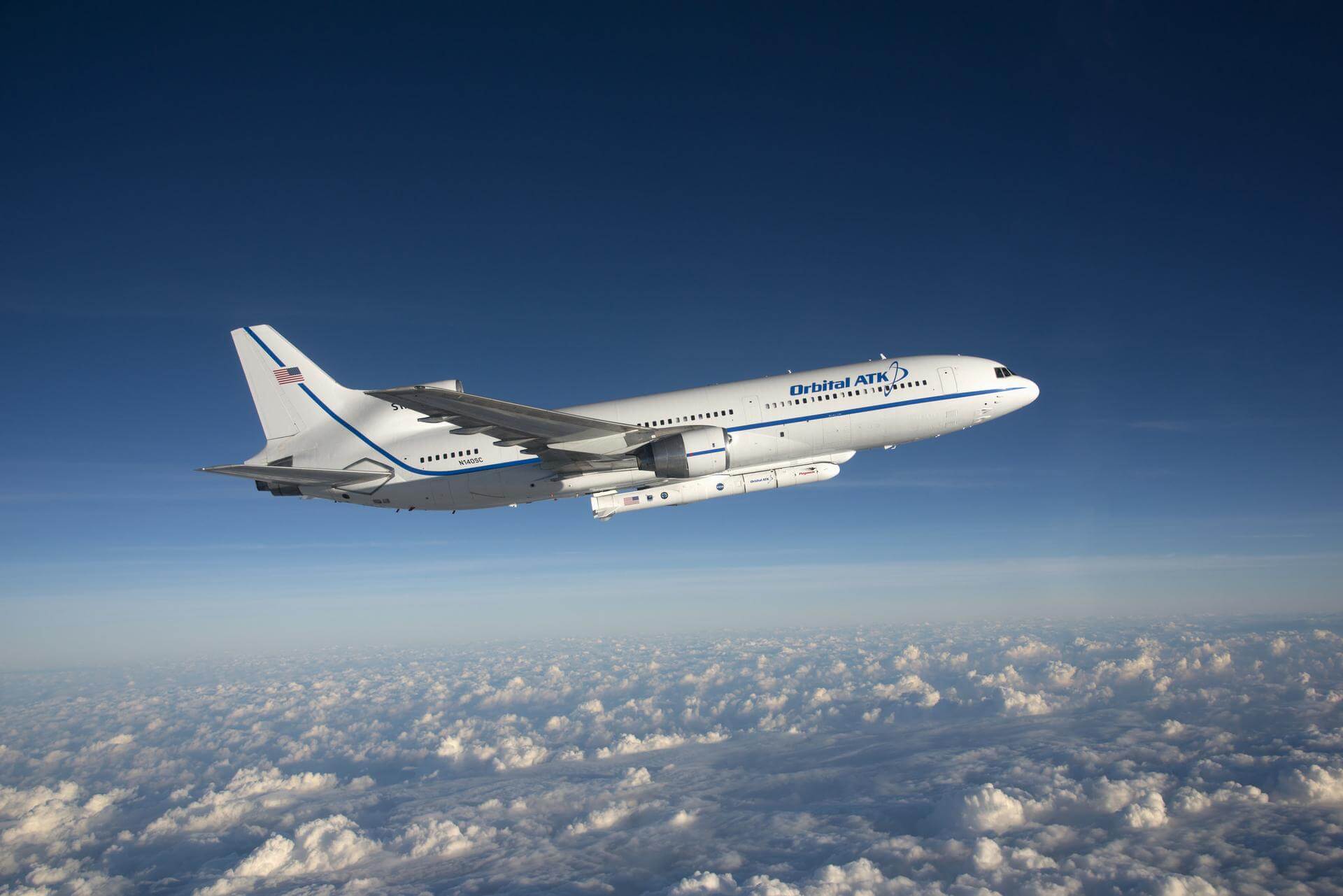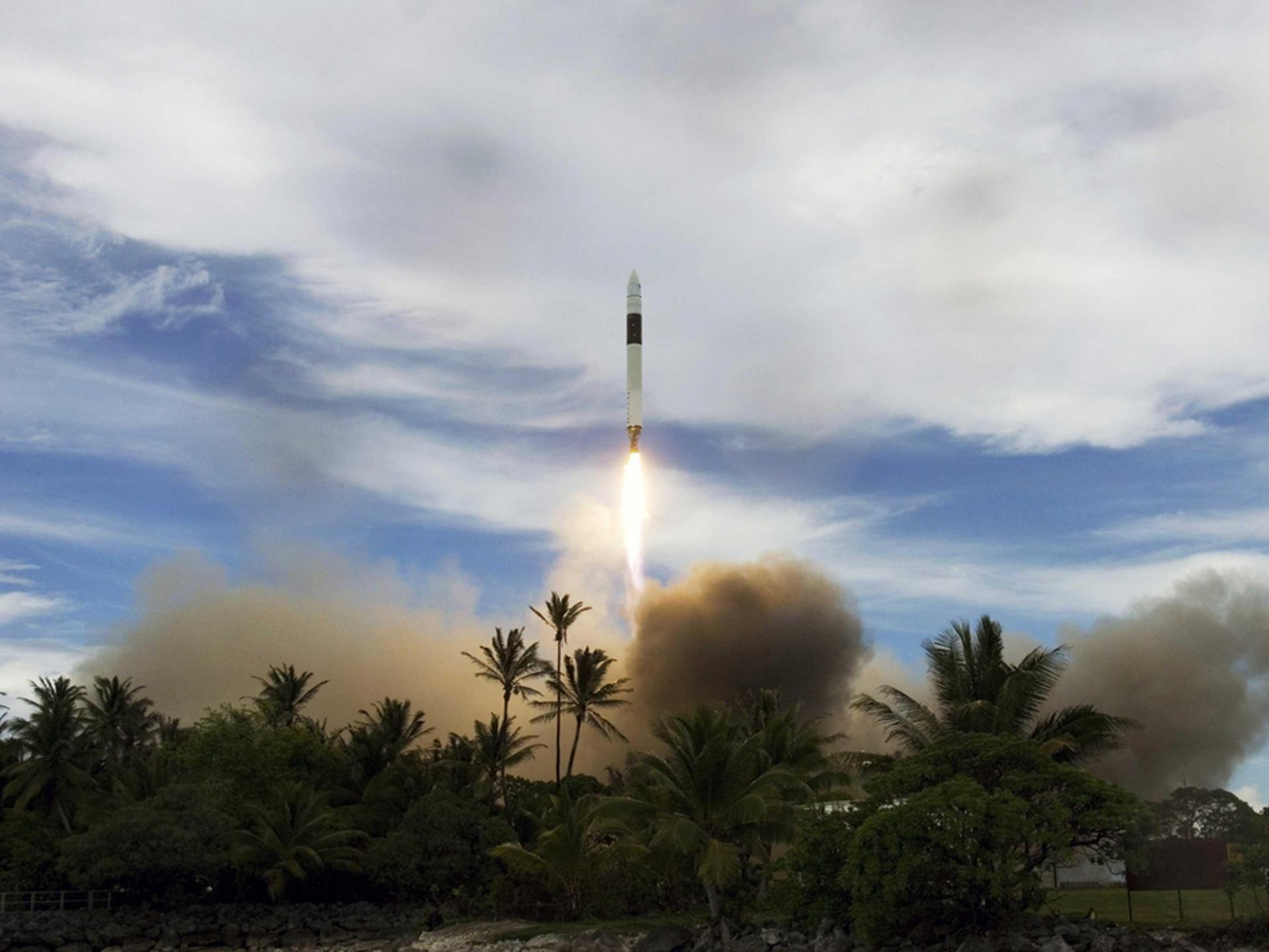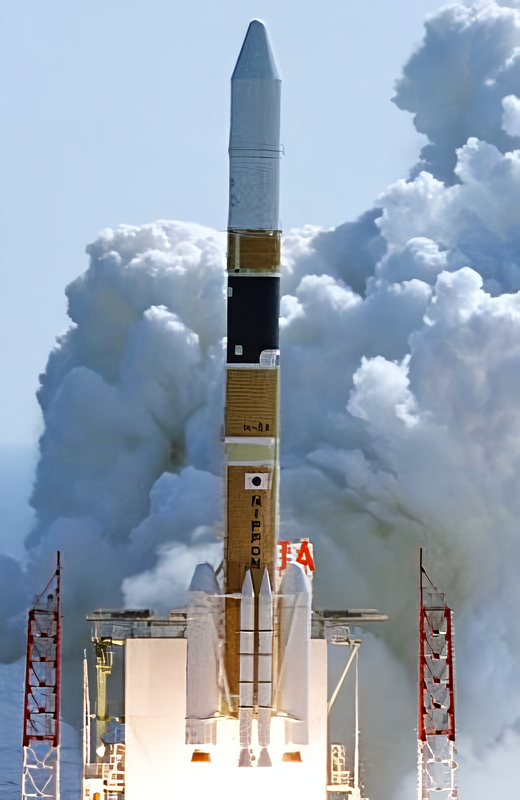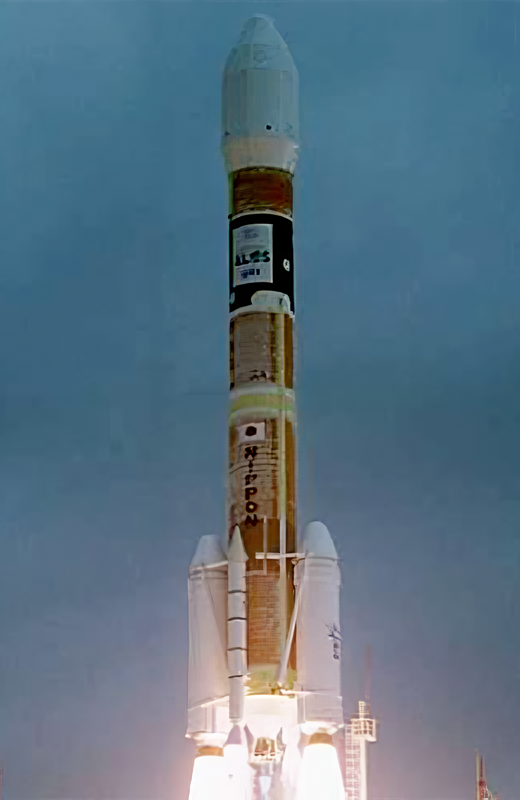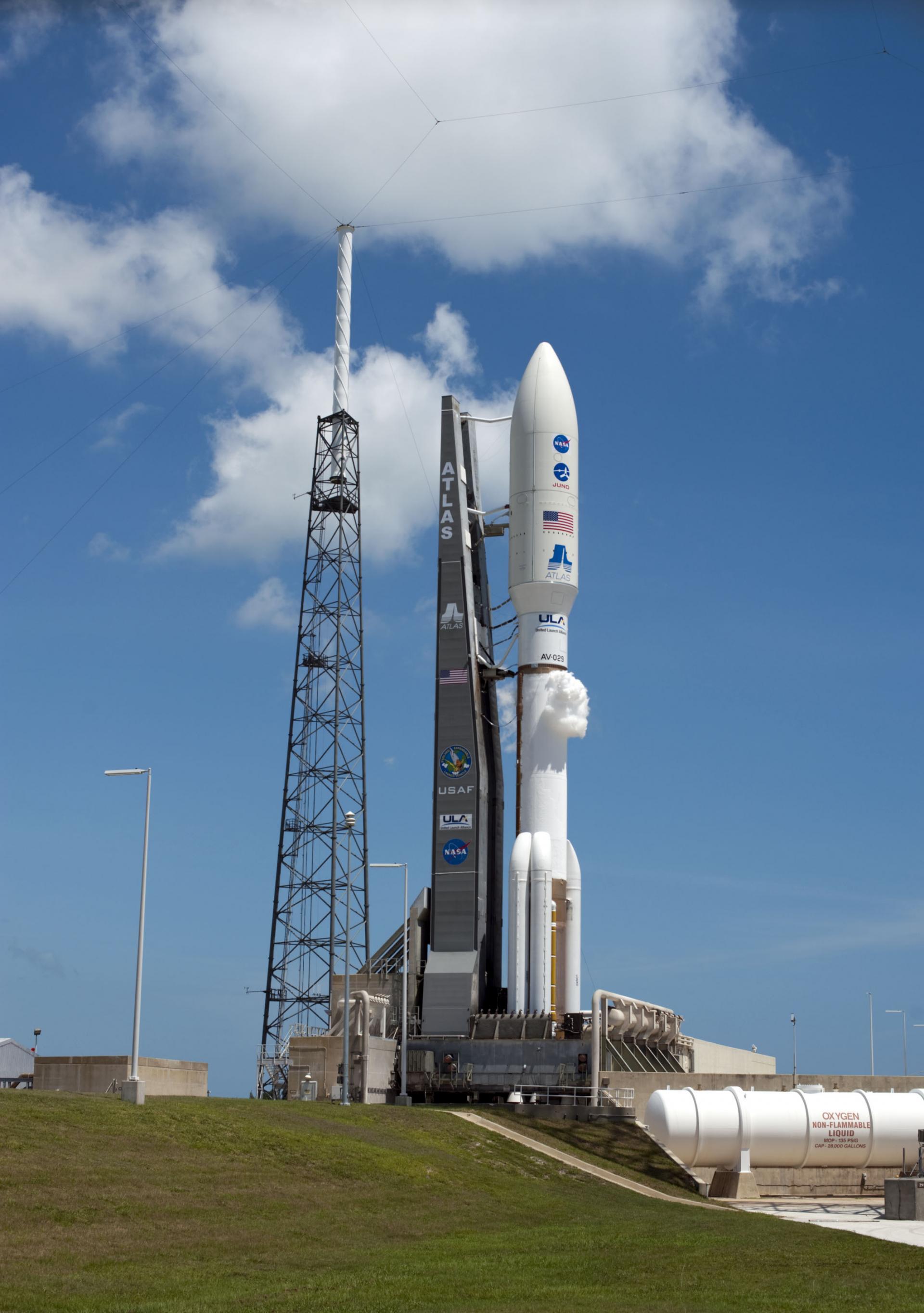Previous Spaceflight Launches
Filter by Agency, Locations or Vehicles
Show All LaunchesPegasus XL | Space Technology 5 (ST-5) (3x microsats)
Orbital Sciences Corporation | United States of AmericaAir launch to orbit
March 28, 2006, 8:10 p.m.
Falcon 1 | FalconSAT-2
SpaceX | United States of AmericaRonald Reagan Ballistic Missile Defense Test Site, Kwajalein Atoll, Marshall Islands
March 24, 2006, 10:30 p.m.
Status: Launch Failure
Mission:
FalconSAT-2 was a satellite built by students of the United States Air Force Academy. It was intended to have been placed into low Earth orbit to study the effects of plasma on communications with spacecraft, however it failed to reach orbit due to a malfunction of its carrier rocket.It landed in a storage shed on Omelek Island, just a few feet from its own shipping container
Low Earth Orbit F1 B0001 - Maiden Flight Pacific OceanPegasus XL | ST-5 FWD
Orbital Sciences Corporation | United States of AmericaAir launch to orbit
March 22, 2006, 2:03 p.m.
Status: Launch Successful
Mission:
NASA's three micro-sats were launched to test and validate new technologies for future science missions. ST5's objective was to demonstrate and flight qualify several innovative technologies and concepts for application to future space missions.
Low Earth OrbitAriane 5 ECA | Spainsat & Hot Bird 7A
ArianeGroup | FranceGuiana Space Centre, French Guiana
March 11, 2006, 10:33 p.m.
Status: Launch Successful
Mission:
Spainsat is a Spanish telecommunications satellite used for military and government communications. Providing coverage ranging from the US, South America and the Middle East, including Africa and Europe. Hot Bird is a group of satellites operated by Eutelsat located at 13 degrees East, with a transmitting footprint over Europe, North Africa and the Middle East.
Geostationary Transfer OrbitProton-M Briz-M | Arabsat 4A
Khrunichev State Research and Production Space Center | RussiaBaikonur Cosmodrome, Republic of Kazakhstan
Feb. 28, 2006, 8:10 p.m.
Status: Launch Failure
Mission:
The Arabsat-4 spacecraft are based on the Eurostar-2000+ version of the Eurostar satellite family. Both satellites received the names Badr-1 and Badr-4 respectively in February 2006. Badr 1 did not reach its planned orbit, when the upper stage of the Proton-M Briz-M (Ph.3) launch vehicle failed. After evaluating a lunar fly-by maneuvre to rescue the satellite, Badr 1 was deorbited on 24.03.2006 over the pacific.
Geostationary OrbitM-V | Akari
IHI Corporation | JapanUchinoura Space Center, Japan
Feb. 21, 2006, 9:28 p.m.
H-IIA 2024 | Himawari-7 (MTSAT-2)
Mitsubishi Heavy Industries | JapanTanegashima Space Center, Japan
Feb. 18, 2006, 6:27 a.m.
Status: Launch Successful
Mission:
The MTSAT-2 (Multifunctional Transport Satellite) is a multi-functional satellite with a dual purpose. On the one hand, it is an integral part of a next-generation global-scale air traffic safety system comprised of communications, navigation, tracking and air traffic control. The purpose is to improve traffic congestion and safety in the Asia Pacific region. On the other hand, the MTSAT-2 is designed to take on a meteorological mission to capture, collect and deliver meteorological images and/or data. In this capacity it inherits and expands the mission of a previous satellite.
Geostationary Transfer OrbitZenit | Echostar X
Sea Launch | RussiaSea Launch
Feb. 15, 2006, 11:34 p.m.
H-IIA 2022 | Daichi
Mitsubishi Heavy Industries | JapanTanegashima Space Center, Japan
Jan. 24, 2006, 1:33 a.m.
Status: Launch Successful
Mission:
ALOS (Advanced Land Observation Satellite) is used for cartography, regional observation, disaster monitoring, and resource surveying. ALOS has three remote-sensing instruments: - the Panchromatic Remote-sensing Instrument for Stereo Mapping (PRISM) for digital elevation mapping with 2.5 meter resolution, - the Advanced Visible and Near Infrared Radiometer type 2 (AVNIR-2) for precise land coverage observation with 10 meter resolution, and - the Phased Array type L-band Synthetic Aperture Radar (PALSAR) for day-and-night and all-weather land observation. ALOS transmitts its data via the DRTS (Kodama) satellite. The ALOS was launched by an H-2A-2022 launch vehicle from the Tanegashima Space Center. ALOS as been given the nickname Daichi. Five minutes after spacecraft separation, ALOS began to unfurl its 72-foot solar array that will provide electrical power to the craft throughout its mission. Six cameras are on-board to visually verify the correct deployment of the solar panel and various instrument antennas. ALOS lost all power on 22. April 2011, thus ending the mission.
Sun-Synchronous OrbitAtlas V 551 | New Horizons
United Launch Alliance | United States of AmericaCape Canaveral SFS, FL, USA
Jan. 19, 2006, 7 p.m.
Status: Launch Successful
Mission:
New Horizons is an interplanetary space probe that was launched as a part of NASA's New Frontiers program. Engineered by the Johns Hopkins University Applied Physics Laboratory (APL) and the Southwest Research Institute (SwRI), with a team led by S. Alan Stern, the spacecraft was launched in 2006 with the primary mission to perform a flyby study of the Pluto system in 2015, and a secondary mission to fly by and study one or more other Kuiper belt objects (KBOs) in the decade to follow. It is the fifth artificial object to achieve the escape velocity needed to leave the Solar System.
Solar Escape Trajectory